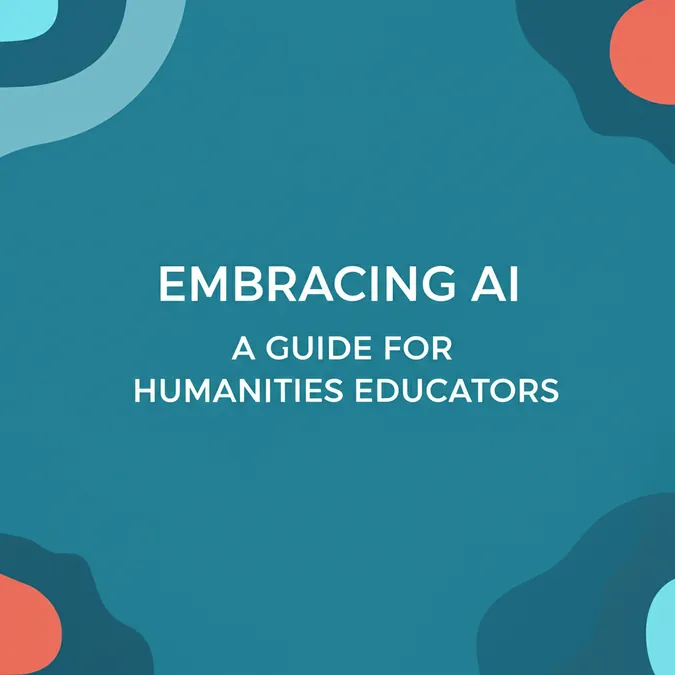ChatGPT Pepper Robot Public Trial Unveils Human AI Reactions
Humanoid robots equipped with artificial intelligence are increasingly appearing in public spaces, offering a firsthand look at how people interact with these advanced technologies. A recent study provides a fascinating glimpse into these initial encounters.
Pepper Meets the Public A ChatGPT Integration
Researchers from the University of Canberra showcased "Pepper" a humanoid robot enhanced with ChatGPT at an Australian innovation festival. This initiative aimed to observe and understand public reactions to sophisticated AI in real world, uncontrolled environments. The study emphasized that these first impressions are crucial in shaping long term societal acceptance of AI companions.
Pepper's interaction mechanism involves capturing audio, transcribing it, sending it to ChatGPT for a response, and then vocalizing the reply using its text to speech engine. The core of this research was to see how people respond to Pepper's human like form, movements, and conversational skills, especially since many attendees were encountering such technology for the first time.
 Attendees engaged with Pepper in a bounded interaction and provided feedback about their experience. (Representational image via iStock)
Attendees engaged with Pepper in a bounded interaction and provided feedback about their experience. (Representational image via iStock)
Robots in the Wild First Impressions Count
The trial at the innovation festival was a unique opportunity to gather unfiltered feedback. Researchers collected responses from 88 participants, revealing a spectrum of emotions from curiosity and wonder to discomfort and unease. This "in the wild" approach, as opposed to controlled lab settings, offers richer, more human-centered insights into how society might adapt to increasingly prevalent AI powered robots.
 Pepper's process: captures audio, transcribes, gets ChatGPT reply, then speaks via text-to-speech.
Pepper's process: captures audio, transcribes, gets ChatGPT reply, then speaks via text-to-speech.
The study underscores the significance of these initial encounters in determining the future of human robot relationships, particularly in sectors like healthcare, retail, and education where social robots are expected to become more common. While much research focuses on technical capabilities in predictable environments, this project embraced the unpredictable nature of public interaction to gain a more authentic understanding.
Unpacking Human Robot Interactions
Analysis of the participant feedback highlighted four key themes: user suggestions for improvements, expectations of human like interaction, varied emotional responses, and perceptions of Pepper's physical design.
Many participants found the interaction interesting but pointed out a disconnect between Pepper's human like appearance and its actual capabilities. While features like gestures and eye contact were appreciated by some, others expressed frustration when the robot failed to respond to simple physical cues or recognize facial expressions.
There was a clear expectation from the public that Pepper should adhere to social norms, such as appropriate turn taking in conversation. Instances where the robot talked excessively or did not respond to conversational cues often led to dissatisfaction.
Watch: Meet Pepper the Robot | Softbank Robotics
Feedback and Future Improvements
Participants provided both technical and social suggestions for Pepper's enhancement. These ranged from improving response times to increasing accessibility and cultural sensitivity. Notably, issues related to accents and linguistic inclusion were raised, particularly concerning Indigenous users, highlighting the need for more diverse training data and adaptive interaction models.
Researchers believe this study emphasizes the critical value of testing social robots in real world scenarios. The findings offer valuable data for making these technologies more inclusive, relevant, and responsive to human needs and social contexts.
The detailed findings of this research were published in the journal Nature. You can read more about the team's research.


